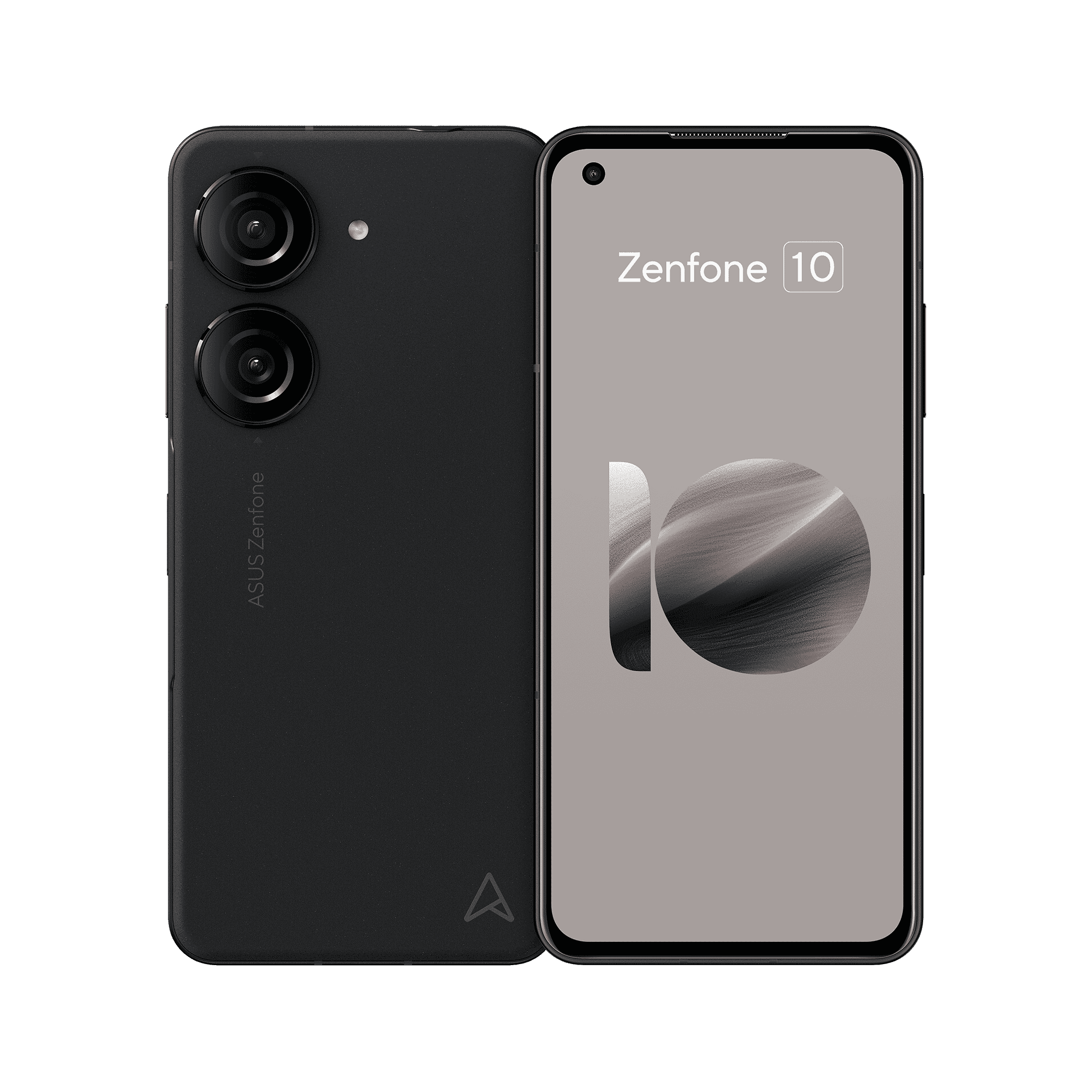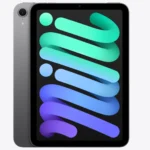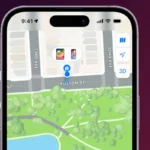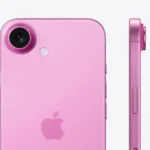Small phones have made a comeback in recent years, catering to users who prefer compact devices for easy one-handed use. These pocket-friendly smartphones offer powerful features in smaller packages, challenging the trend of ever-increasing screen sizes.
Several manufacturers now produce high-quality compact phones. Apple’s iPhone 13 mini and Google’s Pixel 8a stand out as top contenders in the small phone market. Samsung’s Galaxy Z Flip series brings foldable technology to the compact phone segment, offering a unique solution for users seeking both portability and screen real estate.
Top Compact Smartphones
What Makes a Phone “Small”?
Defining a “small” phone is relative. Screen sizes have grown over the years. What was once considered large is now standard. Today, phones with screens under 6 inches are generally considered small. These phones prioritize one-handed use and pocketability. They are good for people who find larger phones unwieldy.
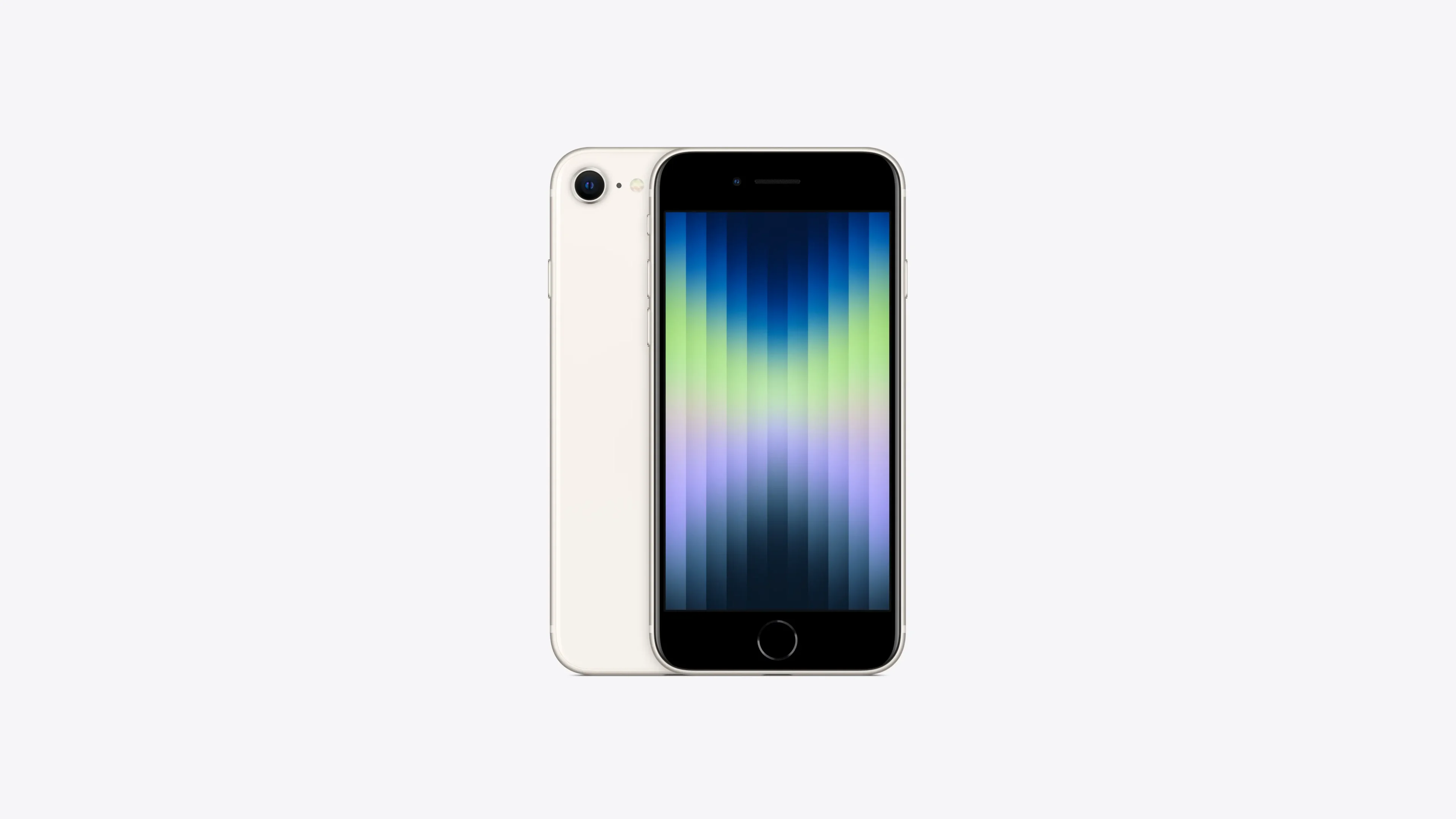
Top Small Phone Options
Several phones stand out in the small phone category. Each has its own strengths and weaknesses. Here are some of the best:
ASUS Zenfone 10
The ASUS Zenfone 10 is a powerful, compact option. It has a 5.9-inch display, a high-end processor (Snapdragon 8 Gen 2), and a good camera system. It also includes a rare feature: a headphone jack. This phone is good for people who want top performance in a small package.
Apple iPhone SE (3rd Gen)
The iPhone SE is Apple’s most affordable iPhone. It uses the same A15 Bionic chip as the iPhone 13. This gives it excellent performance. However, it has a smaller 4.7-inch screen and a single rear camera. It’s a good choice for people who want a small iPhone at a lower price.
Samsung Galaxy Z Flip5
The Galaxy Z Flip5 is a unique foldable phone. When folded, it is very compact. When unfolded, it offers a full-sized screen. It has a good camera system and a cover screen for notifications. This phone is more expensive but offers a unique design.
Google Pixel 8a
While not the smallest on this list, the Pixel 8a offers a good balance. Its 6.1-inch screen is still manageable for many. It has excellent cameras, a fast processor, and timely software updates. It’s a strong choice for those who value camera quality and software experience.
Comparison of Small Phones
| Rank | Phone | Screen Size | Key Features | Price (Approx.) |
|---|---|---|---|---|
| 1 | ASUS Zenfone 10 | 5.9 inches | High performance, headphone jack | $700 |
| 2 | Apple iPhone SE (3rd Gen) | 4.7 inches | Affordable, A15 chip | $430 |
| 3 | Samsung Galaxy Z Flip5 | 6.7 inches (unfolded) | Foldable design, cover screen | $1000 |
| 4 | Google Pixel 8a | 6.1 inches | Excellent camera, software updates | $500 |
Choosing the Right Small Phone
The best small phone depends on your needs. If you want top performance, the ASUS Zenfone 10 is a good choice. If you want a small and affordable iPhone, the iPhone SE is a good option. The Galaxy Z Flip5 is for those who want a unique design. The Pixel 8a is a good all-around choice. Consider what features are most important to you when making your decision.
The Impact of 5G on Small Phones
5G networks are now widely available. This has impacted phone design. 5G requires more antennas and components, which can make phones larger. However, manufacturers are finding ways to include 5G in smaller devices. All the phones listed above support 5G. This ensures you can access the latest network speeds even with a small phone. The continued rollout of 5G infrastructure will likely further influence phone design, but it seems that small form factors will continue to be supported as technology improves. This is good news for those who prefer more compact devices.
Key Takeaways
- Compact phones offer powerful features in smaller, easy-to-handle packages
- Top small phone options include the iPhone 13 mini, Google Pixel 8a, and Samsung Galaxy Z Flip series
- Foldable technology provides a compromise between portability and larger screen size
Top Compact Apple Smartphone
iPhone 16
The iPhone 16 offers excellent value for Apple enthusiasts seeking a smaller device. It boasts swift performance and high-quality hardware. The camera delivers sharp images, while the battery life impresses.
Apple Intelligence enhances the user experience. The 60Hz display, though not cutting-edge, performs well for most tasks. This model strikes a balance between affordability and features.
Top Budget-Friendly Android Option
Google Pixel 8a
The Google Pixel 8a stands out as a top choice for budget-conscious Android users. It boasts impressive cameras and strong performance. The device comes with AI-powered features that enhance usability.
Battery life is a strong point, lasting through a full day of use. Google offers seven years of software updates, ensuring longevity. The front glass is less scratch-resistant than premium models.
Charging speeds are slower compared to some competitors. Despite this, the Pixel 8a delivers excellent value for its price range.
| Pros | Cons |
|---|---|
| Great cameras | Older front glass |
| Strong performance | Slower charging |
| Long software support | |
| AI features | |
| Good battery life |
Top-Tier Camera Performance
Google Pixel 9
The Google Pixel 9 boasts impressive camera capabilities. Its advanced camera system captures stunning photos in various conditions. The device features AI-enhanced image processing for sharper, more vibrant results.
Users praise the Pixel 9’s low-light performance. The phone excels at night photography, producing clear, detailed images even in dim settings.
The Pixel 9 offers:
- High-resolution main camera
- Ultra-wide lens for expansive shots
- Advanced portrait mode
- 4K video recording
Google’s computational photography shines in the Pixel 9. It intelligently enhances colors and details, creating professional-looking photos with minimal effort.
The camera app includes useful AI features. These tools help users edit and improve their photos quickly and easily.
While storage options may be limited, the Pixel 9’s camera quality remains a standout feature. It delivers exceptional results at a competitive price point.
Top Clamshell Mobile Devices
TCL Flip 2
The TCL Flip 2 offers an economical option for those seeking a basic clamshell phone. It boasts extended battery life, ensuring users can stay connected for longer periods. The device features clear audio for calls through its earpiece and speakerphone.
Wi-Fi connectivity and email access provide essential online functionality. However, the TCL Flip 2 has limitations. Users can’t download additional apps, restricting customization. The cameras produce low-quality images, making it less suitable for photography enthusiasts.
For those prioritizing affordability and core phone functions, the TCL Flip 2 presents a straightforward choice in the flip phone market.
Top Compact Android Smartphone
Samsung Galaxy S24
The Samsung Galaxy S24 stands out as a leading small Android phone. It boasts a sleek design and high-end performance. The device features:
- 6.2-inch OLED display
- 120Hz refresh rate
- Snapdragon 8 Gen 3 processor
- AI-powered capabilities
Samsung promises seven years of software updates for this model. The phone offers wireless charging and a 4,000 mAh battery. Some users report mild heating during intense gaming sessions.
Top Foldable Smartphone
Samsung Galaxy Z Flip 6
The Galaxy Z Flip 6 stands out in the clamshell foldable market. It boasts a vibrant internal display and improved water resistance. Samsung’s attention to detail shines through in the device’s build quality.
The Z Flip 6 features:
- Enhanced cameras
- Long-term software updates
- 25W wired charging
Its compact design appeals to users seeking a small foldable. While the cover screen has limited functionality, the overall package offers a compelling option for those interested in folding phones.
Budget-Friendly Compact iPhone Option
iPhone SE: Affordable Power in a Small Package
The iPhone SE offers a mix of value and performance. It packs a fast processor into a compact body with Touch ID. This model supports 5G on T-Mobile and Verizon networks. However, it has an older design and lacks some modern features like Night Mode for the camera. Battery life is shorter compared to other iPhones. Despite limitations, it remains a solid choice for those seeking an affordable, smaller iPhone.
Smartphone Size Trends: Finding the Sweet Spot
Smartphone dimensions have grown significantly over the years, but human hands remain unchanged. In 2013, LG suggested a 2.8-inch width as the comfort limit for most users. This guideline has influenced flagship phone designs from Samsung and Apple, with base models typically staying within 2.7 to 2.8 inches wide.
Hand size plays a crucial role in phone usability. Palm breadth determines how securely a device can be held, while thumb length affects one-handed operation. Studies on hand measurements reveal:
Average palm width:
- Women: 2.91-3.1 inches
- Men: 3.3-3.5 inches
Average thumb length:
- Women: 2.49 inches
- Men: 2.74 inches
These measurements support the 2.8-inch width as a reasonable maximum for comfortable use. However, finding phones that meet this criterion is becoming increasingly challenging.
Manufacturers continue to push size boundaries, with some popular models slightly exceeding the 2.8-inch mark. This trend poses difficulties for users seeking compact devices suited for one-handed operation.
Factors influencing phone size preferences:
- Screen real estate
- Battery capacity
- Camera capabilities
- Portability
- Ease of one-handed use
As the market evolves, consumers face a trade-off between larger displays and comfortable handling. Some users prioritize screen size for media consumption and productivity, while others value compact designs for easy pocketing and one-handed use.
Manufacturers have responded to diverse user needs with various strategies:
- Foldable phones offering large screens in compact form factors
- “Mini” versions of flagship models
- Software optimizations for one-handed use on larger devices
Despite these efforts, truly small smartphones remain scarce in 2025. Users seeking compact devices often must compromise on features or consider older models.
The ongoing debate over ideal phone size highlights the need for balance between functionality and ergonomics. As technology advances, innovations in flexible displays and user interface design may offer new solutions to this longstanding challenge.
Why Phone Screens Keep Expanding
Editor-Approved Options
Phone screens have grown larger over the years due to several key factors. Users now rely on their devices as primary windows to the internet and video streaming services. This shift has made bigger screens more appealing to consumers.
Manufacturers faced a challenge when hand sizes limited phone width. They solved this by increasing screen height, changing aspect ratios from 16:9 to 19:9 or even 21:9. These taller, narrower designs allow for larger displays while maintaining grip comfort.
Battery life plays a crucial role in screen size expansion. Larger phones can house bigger batteries, addressing user demands for longer-lasting devices. Battery technology has not advanced as quickly as other phone components, making size increases necessary for capacity improvements.
Pricing strategies also influence screen sizes. Many consumers associate larger products with higher value, a concept phone makers have leveraged. This perception allows companies to charge premium prices for devices with bigger displays.
For those seeking compact options, small voice phones offer an alternative. These devices provide basic communication features without the distractions of large screens.
Editor-Approved Options
- iPhone 13 Mini: Compact yet powerful
- Google Pixel 5: Balanced size and performance
- Samsung Galaxy S22: Feature-rich with a moderate screen size
- Sony Xperia 5 III: Tall, narrow design for easy handling
These models cater to users who prefer smaller devices but still want advanced features. The iPhone 13 Mini stands out for its pocket-friendly size without compromising on power. Google’s Pixel 5 offers a good balance between screen real estate and manageability. Samsung’s Galaxy S22 packs high-end specs into a relatively compact body. Sony’s Xperia 5 III provides a unique tall aspect ratio, ideal for one-handed use.
When choosing a phone, consider your priorities. If you value portability and ease of use, these smaller options might suit you better than their larger counterparts. However, if you frequently watch videos or play games on your device, a bigger screen could enhance your experience.
Remember, screen size isn’t the only factor to consider. Battery life, camera quality, and processing power are equally important aspects to evaluate when selecting your next smartphone.
The Changing Landscape of Compact Smartphones
Small smartphones face challenges in the current market. Apple’s decision to discontinue the iPhone mini due to low sales signals a shift in consumer preferences. Samsung and Sony continue to offer some smaller premium devices, but they remain limited options.
Foldable phones are emerging as an alternative for those seeking pocketable devices. These models, particularly those mimicking flip phone designs, provide a compact form factor when closed.
Despite these trends, the future of small smartphones is uncertain. Major manufacturers seem to be focusing on larger screens. However, niche markets may still exist for compact devices. Consumers who prioritize one-handed use or easy portability might drive demand for smaller phones.
Frequently Asked Questions
Top Android Phones with Small Sizes in 2025
The Asus Zenfone 10 stands out as a leading compact Android option. It offers a 5.9-inch display and powerful performance. The Google Pixel 8a is another notable choice, combining a smaller form factor with Google’s latest features.
High-Performance Slim Phones
The iPhone 16 Pro and Pixel 9 Pro lead in performance among slim phones. Both feature 6.3-inch screens and cutting-edge processors. These devices balance compact design with top-tier capabilities.
Best Compact 5G Smartphones
Many small phones now support 5G. The iPhone 16 and Google Pixel 9 offer 5G connectivity in smaller packages. These devices ensure fast data speeds without sacrificing portability.
6-Inch Screen Compact Phones
Several phones hover around the 6-inch mark. The iPhone 16 and Google Pixel 9 both feature screens close to this size. These models strike a balance between screen real estate and one-handed use.
Scarcity of Smaller Smartphones
Larger screens have become more popular due to increased media consumption and multitasking needs. Manufacturing costs also favor bigger devices. This trend has led to fewer small phone options in recent years.
Samsung’s Compact Phone Offerings
Samsung has reduced its compact phone lineup. The company now focuses on larger devices. Consumers seeking small Samsung phones may need to look at older models or consider other brands for newer compact options.

